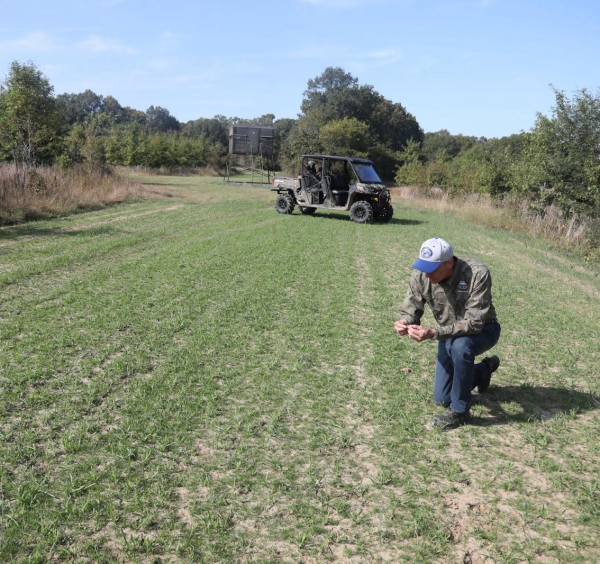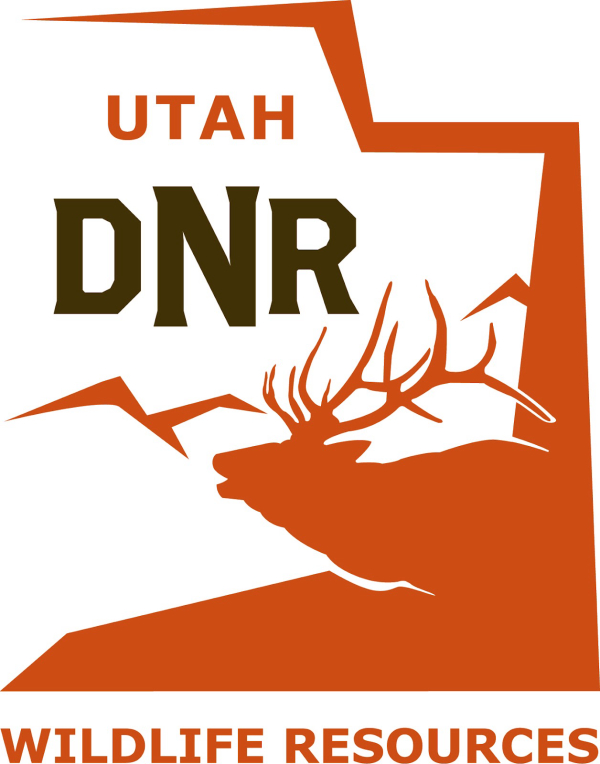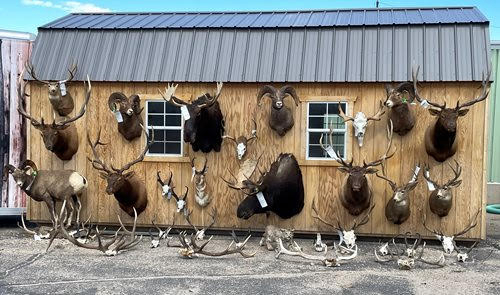Tips for Preparing for Archery Season
By Glen Wunderlich
The recent hot and dry weather is not what we ordered, having spent countless hours in the field planting wildlife food plots. The tiny brassica sprouts are evident, but seem to be in a state of suspension, getting their only moisture from morning dew. It’s enough to keep them alive, but that’s about it. With fingers crossed, it’s time to move on to things we can control in the final month of preparations before the start of archery deer season.
Practice: Who doesn’t know to fling arrows at targets? But, it’s how we practice that may make the difference between tenderloins and tears. Here are a few suggestions.
Once treestands are in place, it’s easy to locate branches or other vegetation that may obstruct shooting lanes. If you’ve set stands in prior years, it may be a good idea to check for new growth that has sprung up since the past season. The best way to do so is with a friend.
Have your partner on the ground with your tree-trimming gear and point out problem areas from your stand. Extendable pole pruners are a good way to cut some of the smaller branches. And, if you don’t mind some vigorous exercise, the saw blade on the tool, can handle the larger limbs. Just make sure to get on top of the limbs with the blade or run the risk of getting it stuck and you stuck simultaneously. Insure that the blade is sharp and add a lubricant to it to minimize effort.
One of the best investments I’ve made over the years was the purchase of a long-handled chain saw. I didn’t get one of those single-purpose models; rather my straight-shaft Stihl line trimmer does double duty as a chain saw. The ingenious tool employs a 12-inch bar and a motor strong enough for tough tasks. And, instead of using dangerous ladders, the work is done from the ground. If the branches are higher than 10 feet or so, I just add another 3-foot length to the shaft. It gets a bit cumbersome, but not as much as any other method. I wouldn’t be without it.
Good archers know how important estimating distance is. Certainly, rangefinders can be an advantage, but during a hunt, they are just one more thing to get in the way. I like to use mine as part of the set up by measuring points at 20 yards and 30 yards. This is done from the stand – again with a helper – by having him place inconspicuous markers such as small logs in a certain pattern that you can identify at the appropriate ranges. When a deer enters the zone, you will be able determine its distance from you quickly without fumbling around with a rangefinder; the work will already have been done.
While in the stand, make sure to take a target with you to practice from your position. Nothing beats this method and with the help of a friend, who can retrieve arrows (or bolts), you can gain the requisite confidence necessary. Shoot at various distances but make sure to try a few shots directly under your stand.
It’s far better to be educated in practice than to be surprised later.






